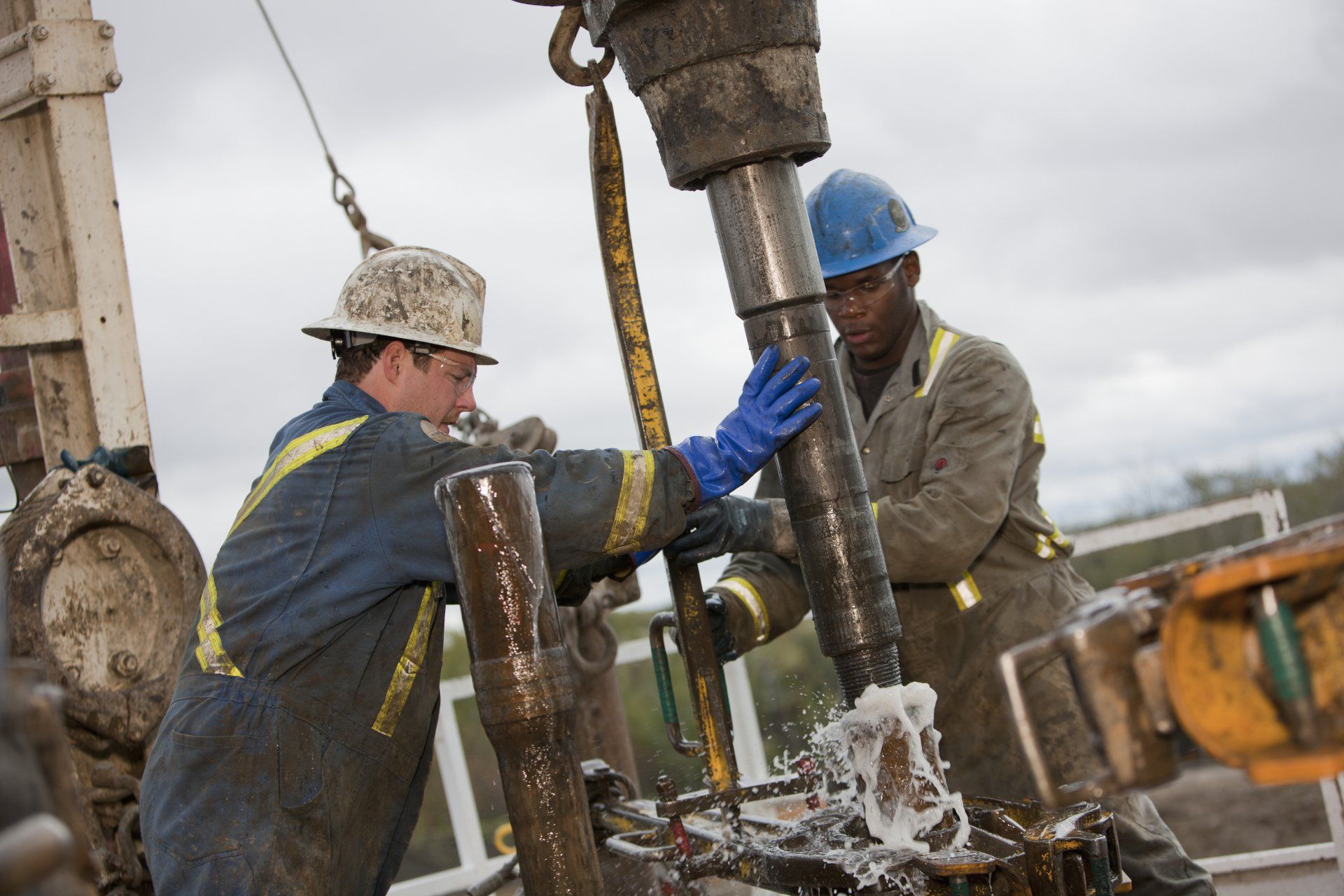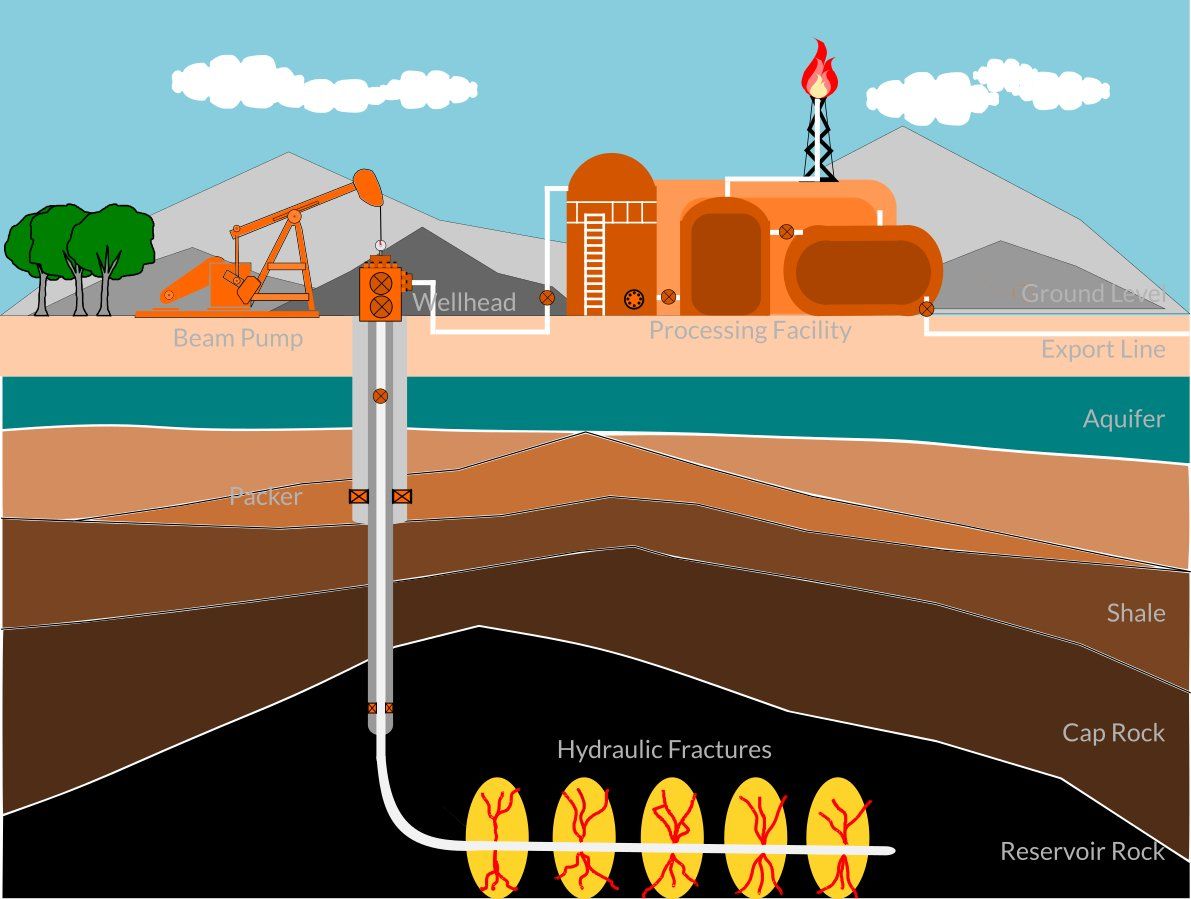Lease Wells, Allocation Wells, Production Sharing Wells and Pooled Unit Wells
The advent of horizontal well drilling has forever changed the landscape of North America energy. Recent technological advances in the drilling and completion of horizontal wells have unlocked a tremendous resource for oil companies and royalty owners alike. However, as technological advances increasingly provide the ability to drill and recover hydrocarbons on a level once thought impossible, regulatory rules to allow companies to drill such wells has traditionally lagged behind.
The following article explains four different variations of horizontal wells from a regulatory perspective, which can have a tremendous effect on the royalty owner:
Horizontal Lease Wells:
The Horizontal Lease Well is very straight-forward, from both a royalty determination and regulatory perspective. Horizontal Lease Wells are drilled, completed, and produced within a single, approved regulatory lease. In the Midland Basin, such wells are often drilled within a existing regulatory lease containing producing vertical wells. So long as the operator is in compliance with the state’s regulatory rules governing well spacing and well density, horizontal permits are typically granted with ease. The royalty owner simply has to refer to the contractual oil & gas lease with taken by the lessee to ascertain how its royalties will be paid on future horizontal wells.
However, when an operator wants to start horizontal well drilling that will traverse multiple regulatory leases, things become a bit more complicated…
Allocation Wells:
From a regulatory perspective, the Allocation Well is one of three types of horizontal wells that allow an operator to traverse and produce from multiple leases where the authority to pool is insufficient. Allocation wells are sought by an operator when it does not have the pooling authority to drill such a well.
Allocation wells are fairly new in Texas, and they provide operators the ability to receive a horizontal permit from the Texas Railroad Commission when they lack the requisite pooling authority to create a pooled unit sufficient in size to accommodate horizontal wells. The issuance of such an Allocation Well permit does not provide the operator with certainty they are in compliance with the underlying contractual oil & gas leases executed between the lessors and lessees. In other words, the Texas Railroad Commission will issue such a permit, but it does not make a formal opinion as to the operator’s contractual right to do so. Allocation wells are typically more risky for an operator, as there is still pending litigation as to their validity, and neither the Texas Supreme Court nor the Texas legislature has addressed this issue to provide clarity.
The regulatory lease boundaries for an allocation lease has no bearing whatsoever on the manner in which royalties will be paid. When permitting an Allocation Well, the operator will include the entirety of the regulatory leases in which the horizontal well will traverse and produce, but that does not mean production from said tracts is thereby pooled in its entirety.
Although operators can receive an Allocation Well permit with relative ease, they often provide the mineral/royalty owner with an Allocation Agreement, the primary purpose of which is to (1) obtain royalty owners’ consent to drill such a well, and (2) provide an explanation on how royalty payments will be made, which can differ by operator.
Production Sharing Wells:
Similar to an Allocation Well, a Production Sharing Well also traverses and produces from multiple regulatory leases without the authority to pool an area larger enough to accommodate the horizontal well. Where Allocation Wells and Production Sharing Wells differ is in the pre-existing consent of mineral/royalty owners to drill such a well at the time of permit application. For a permit to be classified as a Production Sharing Well, an operator must represent to the Texas Railroad Commission it has obtained the consent of at least 65% of the mineral and working interest owners. Larger operators usually prefer such wells from a risk perspective, but there is no current legal holding making Production Sharing Wells any more or less valid than an Allocation Well.
Mineral and royalty owners are usually provided with a Production Sharing Agreement, which seeks to (1) obtain mineral/royalty owners’ consent to drill such a well, and (2) provide an explanation on how royalty payments will be made, which can differ based on operator.
When permitting a Production Sharing Well, the operator will include the entirety of the regulatory leases in which the horizontal well will traverse and produce, but that does not mean all production from said tracts is thereby pooled in its entirety.
Pooled Unit Horizontal Wells:
Like Allocation Wells and Production Sharing Wells, Pooled Unit Horizontal Wells also traverse multiple regulatory lease lines, but with one big difference…
When an operator permits a Pooled Unit Horizontal Well, it is representing to the Texas Railroad Commission it has the express pooling authority to do so from either the oil & gas lease or other contact (Amendment to Oil & Gas Lease, Pooling Agreement, etc.). When the pooled unit is established, the regulatory lease boundaries incorporate all, or a portion, of individual regulatory leases, thereby creating a separate regulatory lease. The permitting, drilling, and production of horizontal wells within this pooled unit is treated much the same as the Horizontal Lease Well, as-discussed above. However, an operator/lessee is required to pool in good-faith and cannot intentionally and unfairly isolate tracts rendering them unproducible.
In a horizontal pooled unit, royalty owners under a particular tract have their royalty proportionately reduced based on the tract’s participation factor in the larger unit, being the tract’s contribution from a surface acreage perspective, rather than the proportionate footage of horizontal wellbore or completed lateral attributable to the tract.
About The Author
Kyle Young serves as Executive Vice President – Acquisitions for Rock River Minerals, and he is responsible for the origination and commercial evaluation of mineral and royalty acquisitions throughout the Permian Basin. He obtained his Bachelor of Arts from the University of Texas at Austin and his Juris Doctor from St. Mary’s University. Mr. Young is a licensed Texas attorney and Certified Professional Landman, as well as an active member of the State Bar of Texas and American Association of Professional Landmen.
The content of this website is provided solely for general informational purposes, and not as legal or other professional advice.
The information on this website is not a substitute for, and does not replace the advice or representation of, a licensed attorney, certified public accountant or other professional. Although Rock River Minerals goes to great lengths to make sure the information on the website is accurate and up-to-date, we make no claim as to the accuracy of this information and are not responsible for any consequences that may result from reliance on the information contained in this website.
We recommend that you consult with a licensed attorney for assurance that the information on the website and your interpretation of it are appropriate for your particular situation. You should not rely on this website as a source of legal advice.



